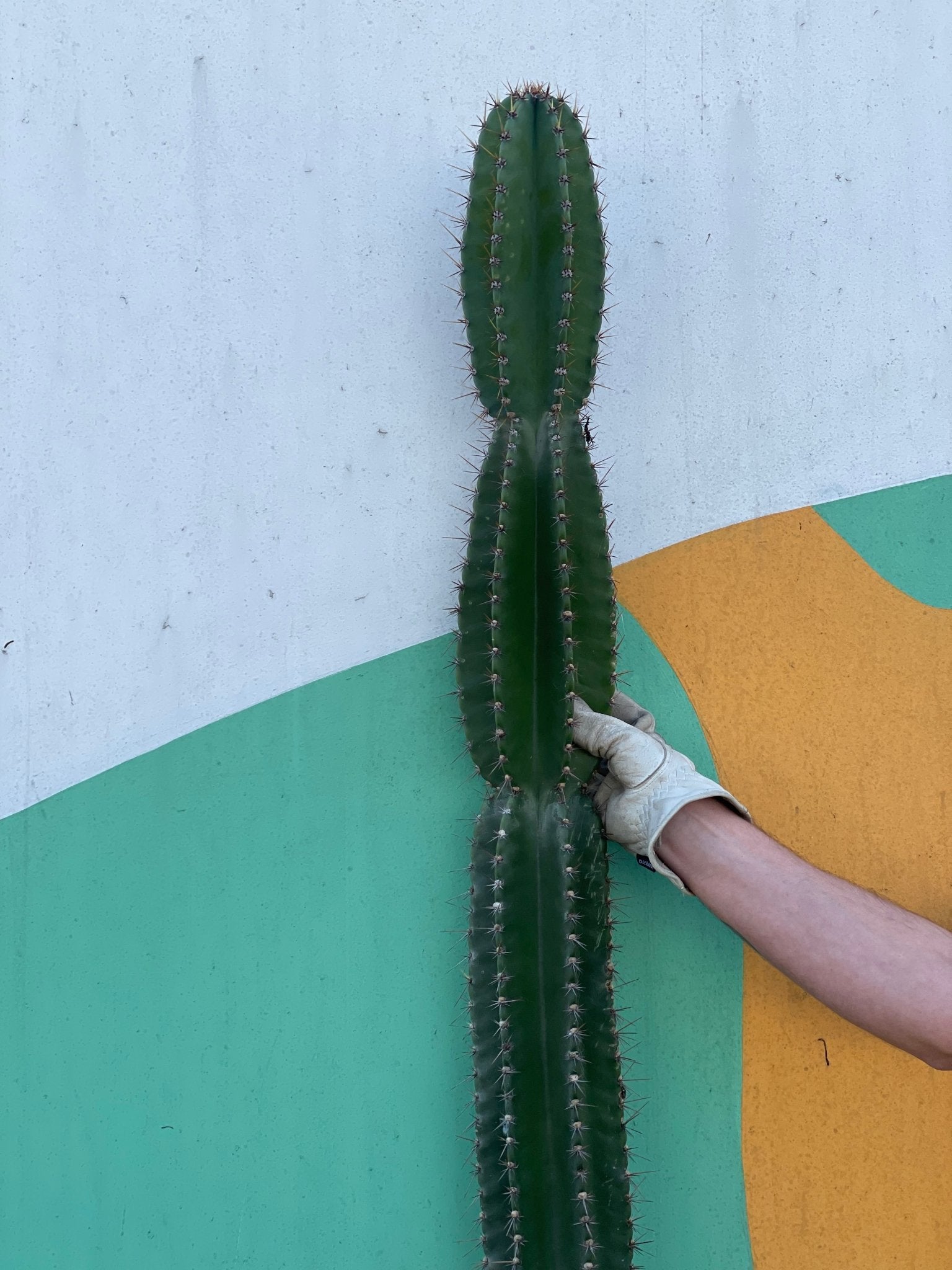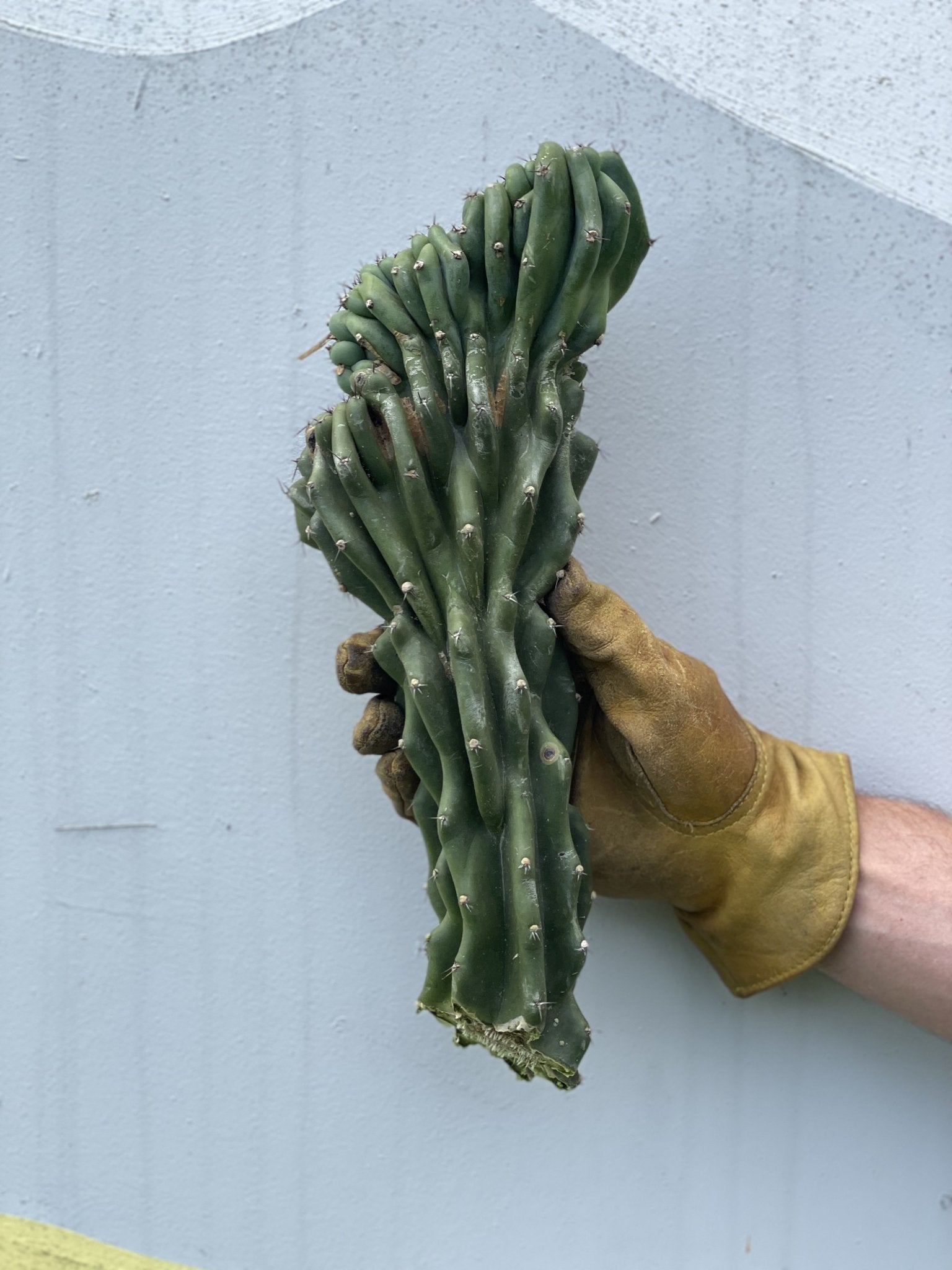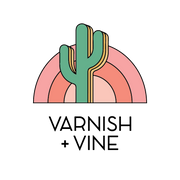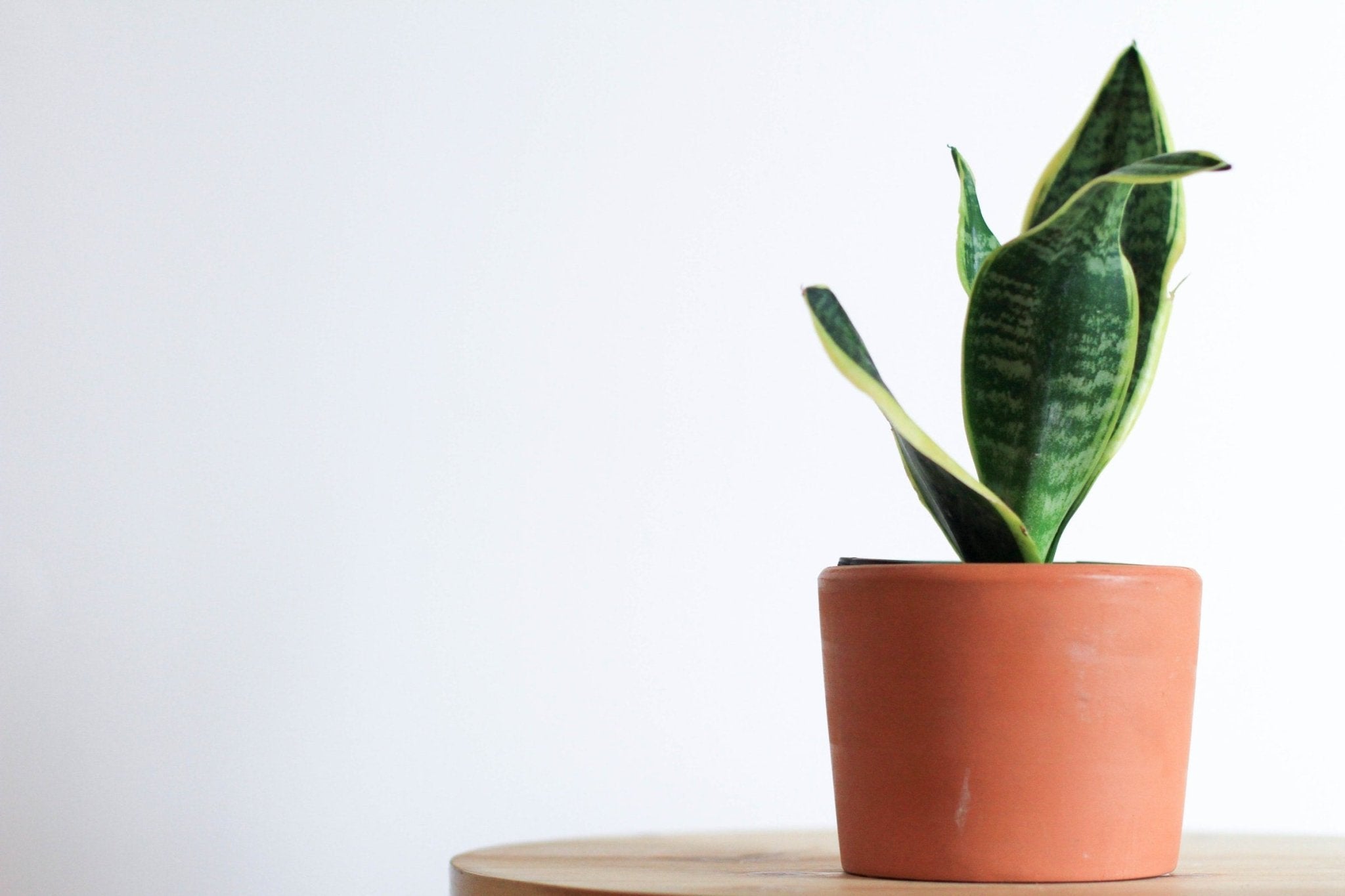Succulents are intriguing plants with fleshy parts storing moisture, giving them an advantage in arid conditions. While drought-resistant, they don't require bright sunlight. Many thrive in low-light environments.
Jade Plant (Crassula Ovata)
The Jade Plant is probably one of the easiest succulents to grow. It handles less-than-ideal conditions if you forget to water it. Propagation from a single leaf is possible. Ensure occasional indirect light for optimal health.
Mistletoe Cactus (Rhipsalis baccifera)
The Mistletoe Cactus is a unique cactus species of the Old World, thriving in tropical conditions over deserts. Found in Central America and the southern United States, it displays a striking appearance with fronds flowing from hanging planters, mirroring its rainforest home.
Candle Plant (Senecio articulatus)
The Candle Plant has a prehistoric appearance due to its unusual species. Its trunk resembles a cigar, while uniquely shaped leaves are its defining feature. Like many succulents, it requires dry soil before watering. Keep in mind its toxicity to pets..
Snake Plant (Sansevieria trifasciata)
The Snake Plant is an excellent beginner’s choice because it’s so hardy. Even those with so-called brown thumbs will have luck with it. It is tolerant of various situations. It’s also low maintenance. You can split it to add more plants to your household. You may also know it by its other name, Mother in Law’s Tongue.
Ponytail Palm (Beaucarnea recurvata)
For those seeking a unique option, the Ponytail Palm is ideal. With its long, slender fronds, it exudes elegance. A great selection for larger spaces in your living room or bedroom, reaching a spread of approximately 4 feet when fully matured.
ZZ Plant (Zamiacaulcas zamiafolia)
The ZZ Plant gets its moniker from the first letters of its scientific name. This African succulent will get only about 2 feet high. It’s incredibly hardy and will fare well in low-light conditions. It has a beautiful form that makes it an attractive focal point for a room. Unfortunately, it’s toxic to humans and pets.
Aloe Vera (Aloe vera)
Aloe Vera is probably one of the most recognizable of the succulents. However, hundreds of subspecies exist, such as the Tiger Aloe and Lace Aloe. Like the Mistletoe Cactus, it is also tropical plant that does well in average household humidity. Its claim to fame is its topical use for burns and wounds. Research suggests that it can be efficacious.
Final Thoughts
While these succulents can tolerate low-light conditions, it’s best not to make these places their permanent home. Like all plants, they need at least some sunlight to carry out photosynthesis. Putting them into a sunny room every few months will ensure they have the light they need to flourish. To avoid overwatering, make sure the soil is completely dry before watering again. Succulents are prone to root rot if they sit in water for too long.












Leave a comment